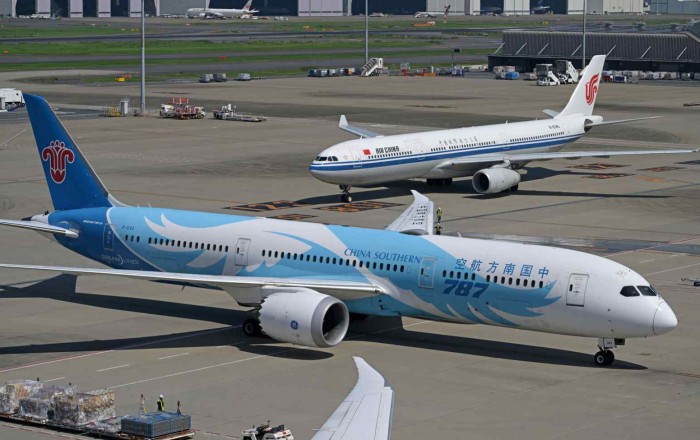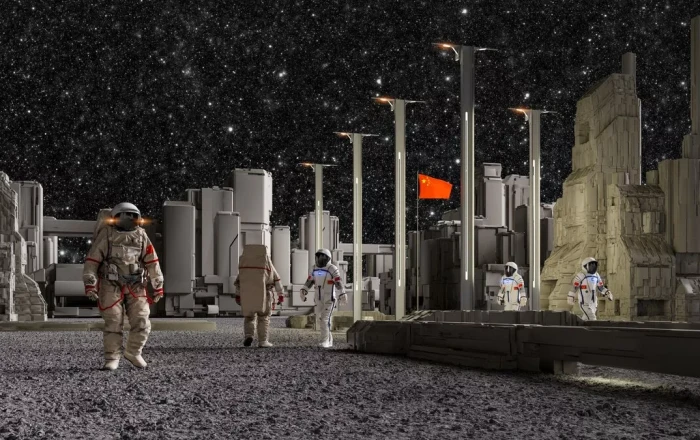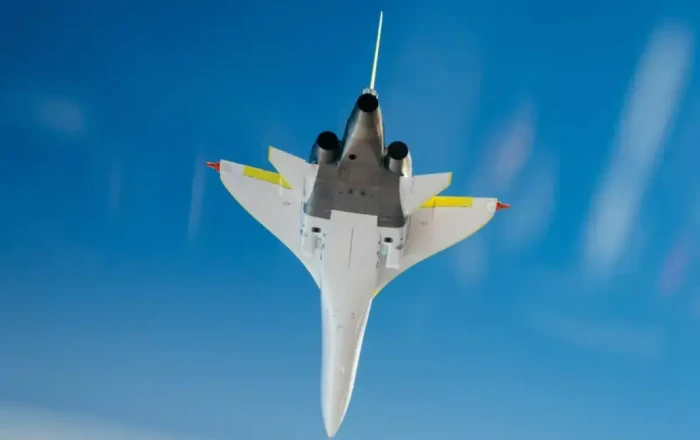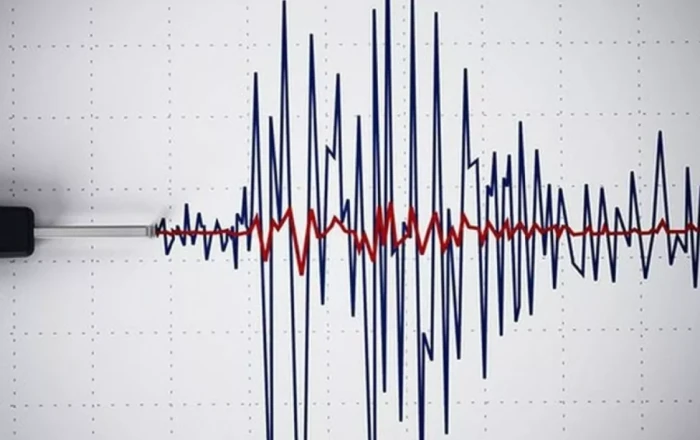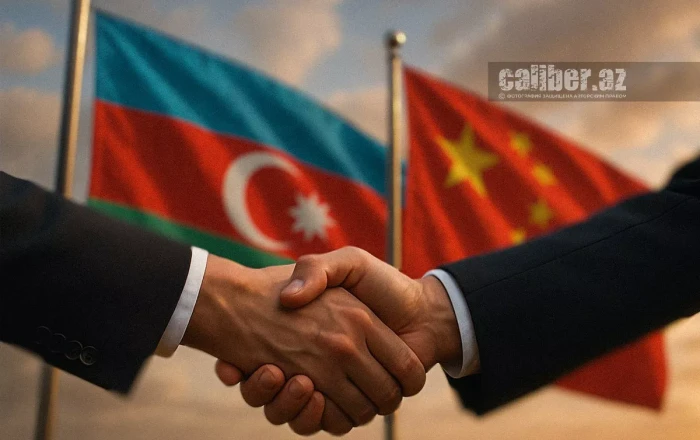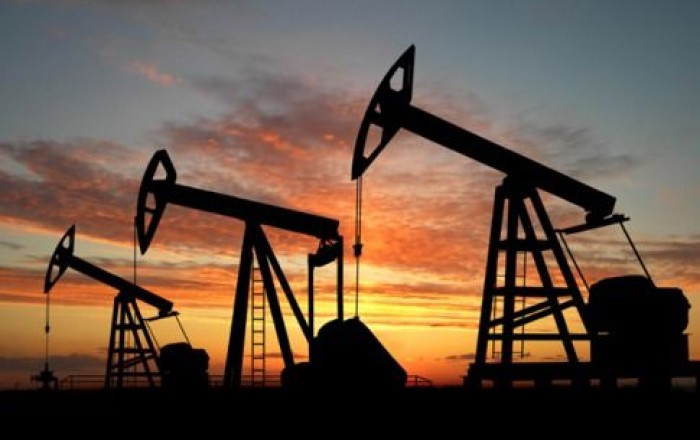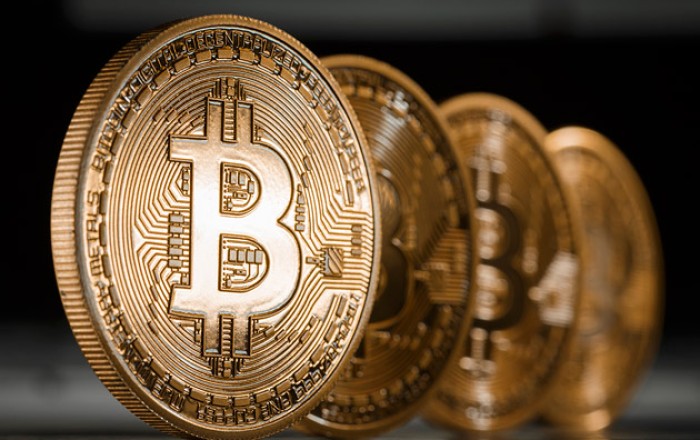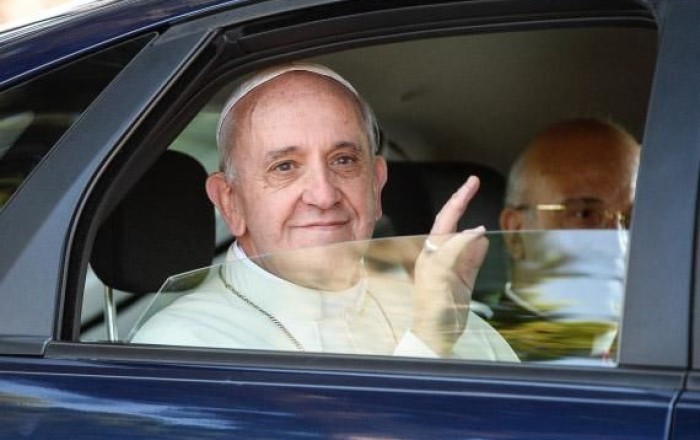In a revealing analysis published by the Centre for European Policy Analysis (CEPA), Professor Emil Avdaliani explores the European Union’s uphill battle for relevance in Central Asia. Despite the much-publicised Central Asia-EU Summit held in April 2024 in Samarkand, the EU’s efforts to solidify influence in the region appear lacklustre in comparison to its geopolitical rivals. The summit, while historic as a first of its kind, seemed more symbolic than substantive—a recurring pattern in Brussels’ foreign policy that undermines its ambitions in an increasingly competitive multipolar world.
The summit’s headline achievement was the announcement of a €12 billion assistance package targeting regional transport, energy, and digital connectivity. However, CEPA’s article notes the conspicuous lack of clarity regarding how this aid will be implemented or how it relates to the previously pledged €10 billion under the 2024 Global Gateway Investors Forum. Of the €12 billion, €6.4 billion is earmarked for energy, €3 billion for transport, and €100 million for satellite Internet. While these are notable sums, the disjointed nature of the aid—with scant details on execution—suggests a familiar EU weakness: strategic indecision.
This sluggishness is a liability in a region rapidly being courted by faster-moving players. China, Russia, and increasingly the Gulf states have already gained significant traction in Central Asia. Beijing, through its Belt and Road Initiative, has built substantial infrastructure and trading relationships. Meanwhile, Gulf nations offer rapid, high-value investments, often without the bureaucratic strings that characterise EU funding.
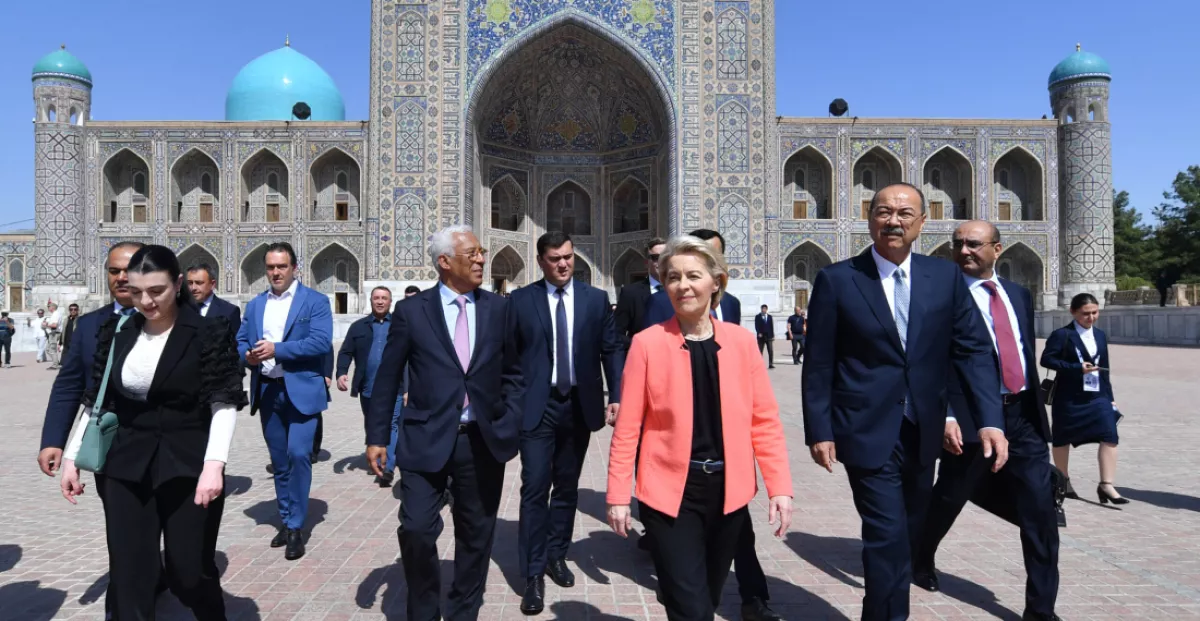
Central Asian leaders, now used to being wooed from all sides, appear unimpressed by the EU’s overtures. Uzbek President Shavkat Mirziyoyev welcomed the opening of a European Investment Bank office and a new electricity transmission initiative. Kazakhstan, a major oil supplier to the EU, expressed interest in enhancing cooperation, especially in green energy. Tajikistan hoped for trade perks. Yet despite this polite engagement, there was little excitement. No major agreements were inked, and the joint declaration merely reaffirmed existing goals without outlining a roadmap for implementation.
The summit also touched on rare earth materials—an area of growing strategic concern for the EU. Kazakhstan, with 19 of the EU’s 34 critical raw materials, and Uzbekistan, both expressed willingness to deepen cooperation. But again, no binding framework emerged.
The underlying issue, Avdaliani argues, is the EU’s inability to project geopolitical influence with the speed and decisiveness required. This problem is compounded by fragile ties with South Caucasus states like Azerbaijan and Georgia, which serve as the geographic gateway to Central Asia. As long as Brussels struggles in its own backyard, its vision of a seamless Trans-Caspian corridor remains more aspirational than actionable.
The CEPA article offers a clear takeaway: without greater agility, coherence, and tangible follow-through, the EU risks ceding yet another strategic region to more assertive global powers. Central Asia may be open to partnership, but time is running out for Brussels to deliver more than just good intentions.
By Vugar Khalilov
Source: caliber.az



